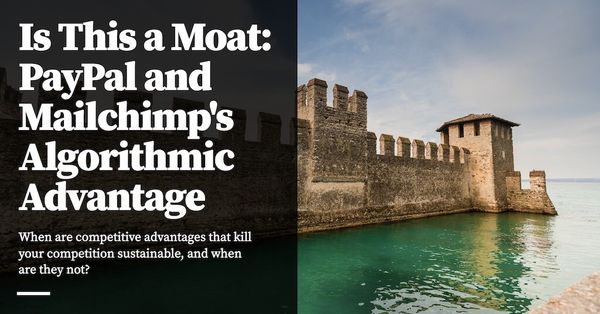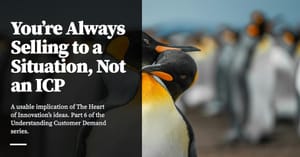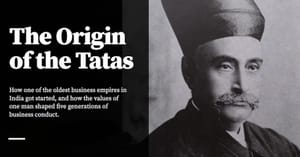Two case studies of real world competitive advantage, followed by a question: was this a moat or not?
I’m going to do something different with this piece. Most weeks, the Commoncog essay is something that I’ve spent a great deal of time thinking through, often to the degree where I’ve worked out most of the implications. This week, however, I’m going to present two business cases, and then ask a series of questions for members to answer in the forum.
Note that I don’t have a great answer for these questions right now. This is an ongoing business puzzle that I’m trying to work out. After the discussion is done, I’ll copy the best answers and append them to this essay.
I think this will make for an interesting experiment: would members enjoy this? Would you want me to do more of it? Let me know.
The Setup
You’re going to read two business cases. Here are my questions, so you know what to look out for:
- Long term Commoncog readers are going to be familiar with the idea of sustainable competitive advantage in business — that is, that there are only seven basic forms (so-called the ‘7 Powers’), and they mostly work by protecting a business from margin compression over the long term. To unpack that a little: any sufficiently attractive business will attract competitors; competitors will slash prices to beat you; over a period of a few years you’ll see your profit margins shrink. (You may read more about that here). In the two cases that you’re about to read, is the competitive dynamic that is present a type of moat? Or is it a temporary competitive advantage, one that erodes over time?
- If this is a moat, what is the nature of the Barrier? And what is its Benefit? Also: which one of the 7 Powers is it?
- If it is not a moat, what lessons can you derive from the cases? How did this advantage ultimately affect the business? And what does it tell us about non-moat competitive advantages?
You should be able to squint and see why I’m asking these questions. One of the things we’ve learnt in Commoncog is that case studies really matter when we’re learning business concepts. It’s one thing to say “oh, there are really only seven kinds of sustainable competitive advantage in business”, and quite another to see a real world case where a company gains a powerful competitive advantage over its competitors that doesn’t seem to fit neatly into the framework.
The better we get in reasoning and pattern matching against real world cases, the less likely we’ll be taken by surprise when something similar occurs to us in our businesses.
Let’s get started.
Mailchimp’s Early Edge
Mailchimp is an email marketing service provider, originally founded in 2001. Today, it is famous for being the incumbent, but it is also famous for being completely bootstrapped for the entirety of its 21 year history. Its history is even more remarkable when you consider that it did business in a crowded industry with many venture-funded competitors.
Originally published , last updated .
This article is part of the Market topic cluster, which belongs to the Business Expertise Triad. Read more from this topic here→





